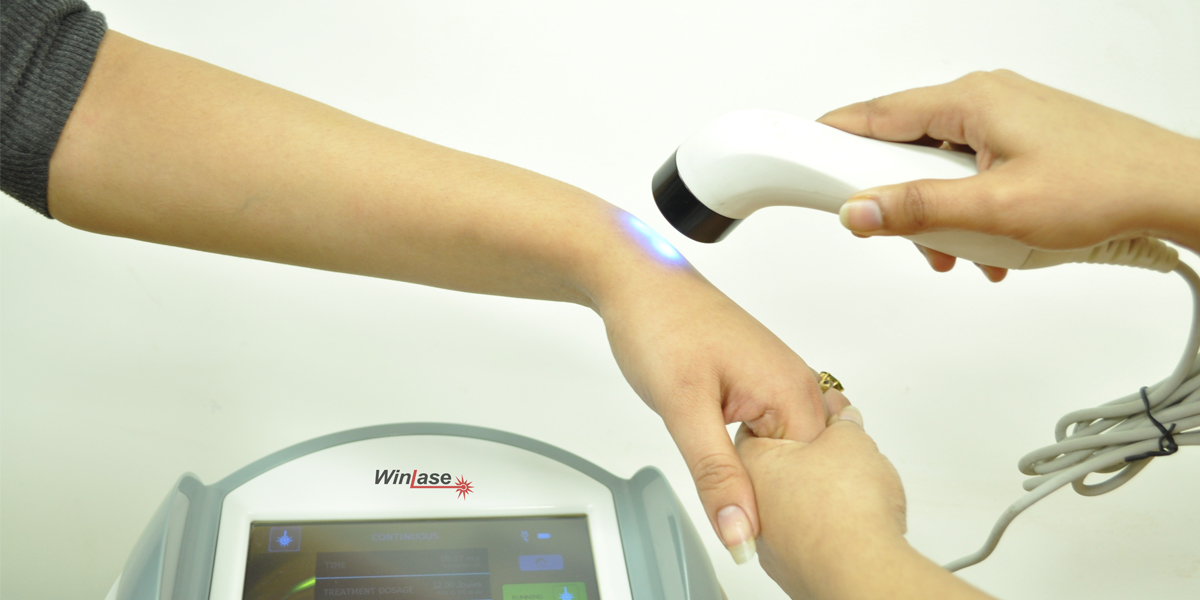The landscape of therapeutic equipment in healthcare has undergone remarkable transformation and evolution over the years. From rudimentary tools to sophisticated technological marvels, the journey of therapeutic equipment reflects not only advancements in medical science but also the relentless pursuit of enhancing patient care. In this article, we delve into the historical milestones, pioneering innovations, and future prospects that have shaped the field of therapeutic equipment.
Historical Context
The roots of therapeutic equipment trace back to ancient civilizations where various remedies and techniques were employed to treat ailments and alleviate suffering. Ancient Egyptians, for instance, utilized herbal medicines and primitive surgical tools. Similarly, ancient Chinese medicine embraced acupuncture and herbal remedies as therapeutic modalities.
The Middle Ages witnessed rudimentary forms of medical devices such as leeches and trephining tools. However, significant strides were made during the Renaissance period with the advent of more refined surgical instruments and the exploration of anatomy by pioneers like Leonardo da Vinci.
Industrial Revolution & Technological Advancements
The Industrial Revolution marked a turning point in the evolution of therapeutic equipment. The mass production of medical instruments became feasible, leading to standardized tools and improved hygiene practices. The stethoscope, invented by René Laennec in the early 19th century, revolutionized diagnostics and remains an indispensable tool for healthcare professionals.
The 20th century witnessed unprecedented technological advancements that transformed the landscape of therapeutic equipment. X-ray machines, introduced by Wilhelm Roentgen in 1895, revolutionized medical imaging and diagnosis. The development of antibiotics, anesthesia, and vaccines further propelled the field of medicine, rendering many diseases once considered fatal, manageable or curable.
Pioneering Innovations in Therapeutic Equipment
The latter half of the 20th century saw an explosion of innovations in therapeutic equipment. From minimally invasive surgical techniques to implantable medical devices, advancements in medical technology have greatly improved patient outcomes and quality of life.
One notable innovation is the development of medical lasers for various therapeutic applications. Laser technology has revolutionized surgery, dermatology, and ophthalmology, enabling precise tissue ablation and targeted treatments with minimal collateral damage.
Another groundbreaking advancement is the advent of robotic-assisted surgery. Robotic surgical systems, such as the da Vinci Surgical System, allow surgeons to perform complex procedures with enhanced precision and dexterity, leading to reduced postoperative complications and shorter recovery times.

The integration of artificial intelligence (AI) and machine learning algorithms is also transforming therapeutic equipment. AI-powered diagnostic tools can analyze medical images, detect patterns, and assist clinicians in making accurate diagnoses and treatment decisions. Moreover, wearable devices equipped with AI algorithms can monitor patients in real-time, providing early warnings for potential health issues.
Future Prospects
Looking ahead, the future of therapeutic equipment holds immense promise fueled by emerging technologies such as nanotechnology, 3D printing, and telemedicine. Nanomedicine offers targeted drug delivery and precise molecular imaging capabilities, revolutionizing treatment approaches for cancer and other diseases.
3D printing, or additive manufacturing, enables the production of patient-specific implants, prosthetics, and surgical guides with unprecedented precision and customization. This technology has the potential to democratize access to personalized healthcare solutions and reduce manufacturing costs.
Telemedicine, propelled by advancements in telecommunications and remote monitoring technologies, is reshaping the delivery of healthcare services. Virtual consultations, remote patient monitoring, and tele-rehabilitation are becoming increasingly prevalent, especially in underserved rural areas and during public health crises.
Revolutionizing Rehabilitation
The field of rehabilitation has witnessed a paradigm shift with the advent of advanced therapeutic equipment. Traditional rehabilitation methods often relied on manual therapy and exercises, but technological innovations have opened new avenues for improving outcomes and enhancing patient experience. Robotic exoskeletons, for example, provide support and assistance to individuals with mobility impairments, enabling them to walk and engage in daily activities with greater independence. Virtual reality (VR) and augmented reality (AR) technologies offer immersive environments for therapeutic interventions, facilitating motor learning and cognitive rehabilitation. These innovative approaches not only accelerate the rehabilitation process but also make therapy sessions more engaging and enjoyable for patients.
Empowering Home Healthcare
Therapeutic equipment has increasingly moved beyond the confines of healthcare facilities, empowering patients to manage their conditions from the comfort of their homes. The proliferation of home medical devices, such as continuous glucose monitors for diabetes management and portable ventilators for respiratory support, enables patients to monitor vital signs and receive necessary treatments without frequent hospital visits. Remote monitoring technologies, coupled with telemedicine platforms, allow healthcare providers to remotely assess patients’ health status and adjust treatment plans as needed. This shift towards home-based care not only improves patient convenience and satisfaction but also reduces healthcare costs and relieves pressure on overstretched healthcare systems.
Addressing Global Health Challenges
Therapeutic equipment plays a critical role in addressing global health challenges, particularly in resource-limited settings and during humanitarian crises. Portable diagnostic devices, such as point-of-care ultrasound machines and rapid diagnostic tests, enable healthcare providers to quickly diagnose and treat infectious diseases, maternal complications, and other prevalent health issues in underserved communities. Mobile medical units equipped with essential therapeutic equipment can rapidly deploy to disaster zones and refugee camps, providing life-saving interventions and emergency medical care. Moreover, low-cost innovations, such as solar-powered medical devices and 3D-printed prosthetics, offer sustainable solutions to bridge the healthcare gap and improve access to essential therapies in remote areas.
Ethical and Regulatory Considerations
As therapeutic equipment continues to evolve and proliferate, it is imperative to address ethical and regulatory considerations to ensure patient safety and uphold ethical standards. The integration of AI and machine learning algorithms raises concerns about data privacy, algorithm bias, and the potential for automation errors. Robotic-assisted surgery poses challenges related to informed consent, surgeon training, and liability in the event of adverse outcomes. Moreover, the globalization of therapeutic equipment markets necessitates harmonized regulatory frameworks to ensure consistent quality standards and facilitate market access while safeguarding public health. By fostering interdisciplinary collaboration and engaging stakeholders in transparent dialogue, we can navigate these complex ethical and regulatory challenges and harness the full potential of therapeutic equipment for the benefit of society.
Conclusion
The transformation and evolution of therapeutic equipment underscore the remarkable progress achieved in healthcare over the centuries. From ancient remedies to cutting-edge technologies, the journey has been marked by innovation, perseverance, and a relentless commitment to improving patient care.
As we stand on the cusp of a new era characterized by disruptive technologies and novel treatment modalities, the future of therapeutic equipment holds immense promise for advancing medical science, enhancing patient outcomes, and ushering in a new era of precision medicine. By embracing innovation and collaboration, we can continue to push the boundaries of what is possible and ensure that the benefits of therapeutic equipment are accessible to all.

